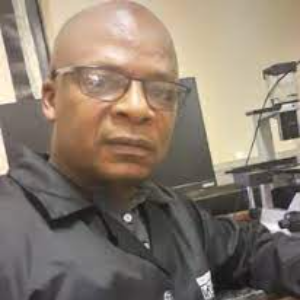Title : Photobiomodulation at 660 nm enhances cellular viability and proliferation and decreases cellular apoptosis in vitro
Abstract:
Diabetes mellitus (DM) is often associated with delayed wound healing and non-traumatic limb amputation, mainly due to reduced cell proliferation and viability, and increased apoptosis resulting in deregulated wound healing processes. Apoptosis is responsible for the removal of inflammatory cells and maturation of granulation tissue into scar tissue, and occurs in the late phase of wound healing. The occurrence of apoptosis in the early phase of healing can lead to atypical wound healing due to degradation of granulation tissue as well as fibroblasts and small vessels including endothelial cells. Photobiomodulation (PBM) enhances wound healing both in vitro and in vivo. This technique involves exposing wounded tissue to low level light emitting diodes or lasers. However, at a tissue, cellular and molecular level, the mechanism/s involved after irradiation are not completely understood.
The aim of this study is to evaluate the effect of a 660 nm laser on diabetic (D) and diabetic wounded (DW) human skin fibroblast (WS1) cell proliferation, viability and apoptosis. A diabetic cell model was created by continuously growing cells for several passages in high glucose medium (with an additional 17 mM D-glucose). Wounds were induced in vitro by culturing cells in 3.4 cm diameter culture dishes and performing a central scratch using a 1 mL disposable pipette. Cells were incubated for 24 h after irradiation using a diode laser (660 nm and 5 J/cm2). Irradiated and non- irradiated cells were evaluated for migration using inverted light microscopy, proliferation using the dimethylthiazol- diphenyltetrazolium bromide (MTT) assay, viability using the trypan blue assay, and apoptosis using the caspase-glo 3/7 assay. Irradiation at 660 nm and a fluence of 5 J/cm2 had a significant stimulatory outcome on the proliferation rate (P=0.013 and P=0.019, for D and DW respectively) and viability (P=0.016 and P=0.007, for D and DW respectively), and a reduction in caspase-3/7 activity (P=0.001 in D cells). This study shows that a 660 nm diode laser speeds up wound healing under hyperglycemic conditions through enhancing/stimulating cellular viability and proliferation, and decreasing cellular apoptosis, and could be useful in chronic diabetic wound healing.
Audience Take Away:
- PBM using red light can induce hastening of the wound healing process in diabetes mellitus
- A 660 nm diode laser at a fluence of 5 J/cm2 can effectively promote skin wound healing in diabetes mellitus
- A 660 nm diode laser at a fluence of 5 J/cm2 can effectively accelerate fibroblast cell proliferation and viability in diabetic wound healing
- A 660 nm diode laser at a fluence of 5 J/cm2 can effectively reduce fibroblast cell apoptosis in the early phase of diabetic wound healing
From this presentation the audience will be able to know that PBM can be effective for wound healing and other types of skin injury. This treatment method is non-thermal with no side effects, and could be used as an adjunct to other conventional treatment methods for diabetic wound healing.
PBM therapy can reduce treatment costs for chronic diabetic wounds and non-traumatic limb amputations, and can easily be a widely available treatment method.


